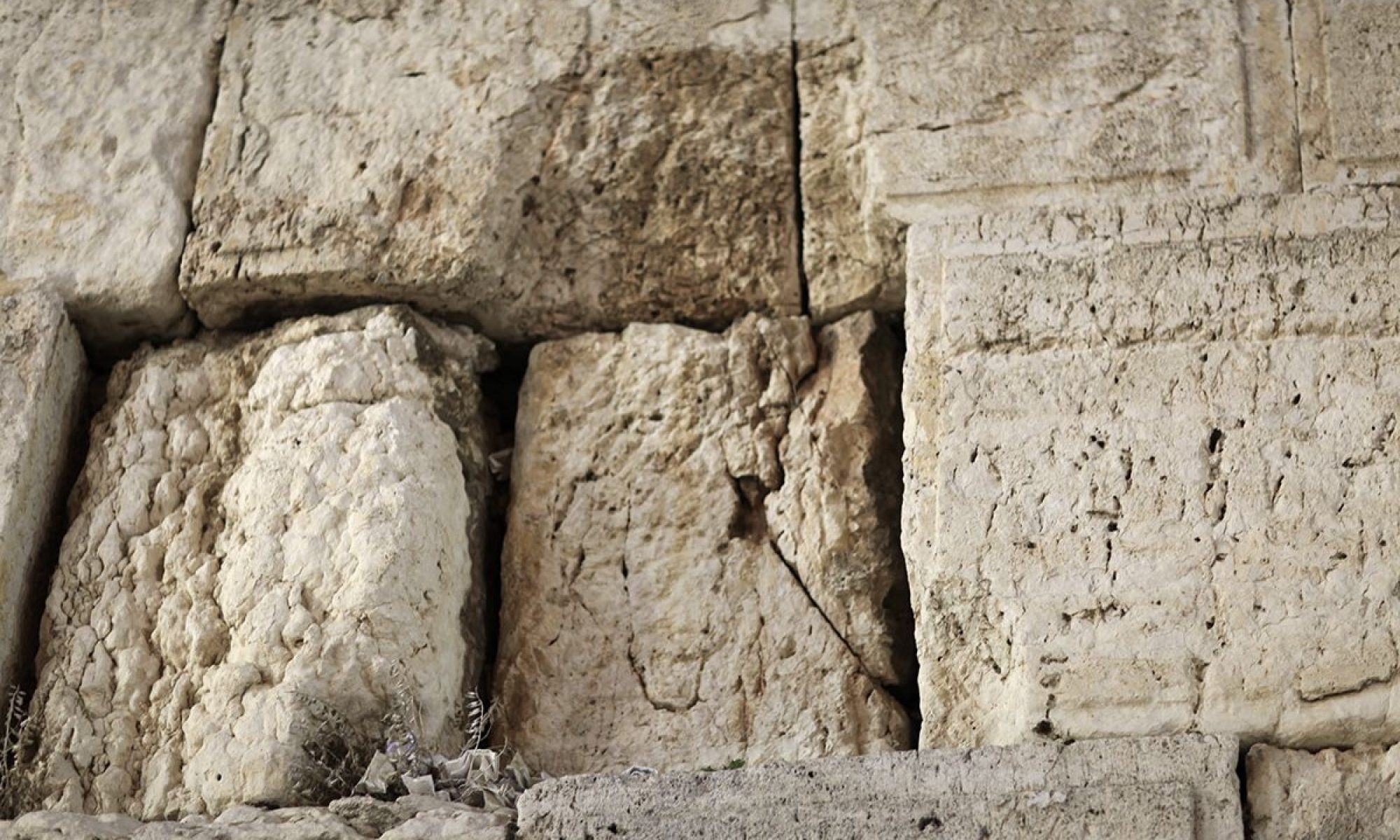At the end of our parsha is a small and unassuming collection of verses that seemingly would have been forgotten had it not been for the fact that we say this portion of text every day twice a day. I am referring to the parsha of ציצית. We say it every day as the third and final part of the Shema. It’s interesting that this is the only of the three פרשיות that is in ספר דברים. We know that ספר דברים was said by Moshe when he was not being used directly as the mouthpiece for the Shechinah, so the messages there are often conveyed differently than in the other 4 books of the Torah.
So why is the parsha of ציצית the only one that is spoken directly from Hashem? And why here specifically? Doesn’t directly seem to have anything to do with the story of the מרגלים so why did it need to be in this parsha? I think if you take a deeper look at this parsha you will see that it is perfectly situated here and that it has everything to do with the story of the מרגלים.
The מרגלים’s failings seem to be all about lack of vision, incorrect seeing. Nothing they said was a lie, it was just from a negative perspective. The מרגלים said ארץ אוכלת יושביה which they used to say that everyone was dying, but that had an element of truth. We all know that you are what you eat, but it is also true that what you eat is you, since the food you consume becomes cells and blood in your body. ר’ נחמן explains that when we eat vegetation or animals which are a lower level of living creatures we elevate them to become a part of a human which is the highest form of living being. Eretz Yisroel also “consumes” the people inside of it and elevates them to a much holier status. Even the fact that they didn’t appreciate the fact that Hashem had caused many deaths to make their travels easier, and instead took that as a negative, which shows that they were interested in seeing the negative. They were told to check if the cities were fortified, which would show that the people are weak and can’t rely on their own strength or open, which would show that they are strong and confident. Yet when they return, they say that these people are all so strong and we know this because their cities were so fortified. They completely missed the boat on the correct attitude and outlook.
That is where ציצית comes in. ציצית is all about correct vision, deep vision that recognizes the Source of all things. There is the obvious pasuk of וראיתם אותם the mitzvah to visually see the ציצית, but it goes much deeper. The very name ציצית comes from the worked ציצית, which is similar to the word מציץ מן החרכים, gazing from the window. The word means to look, but not just any looking, this word means to gaze, to look deeply and to focus intently on what you are focusing on.
And that explains so many other things as well. We’ve all heard this, you look at the blue תכלת and think of the ocean, then the sky, then the כסא הכבוד, then Hashem. Those are each large jump by themselves, and to say that this should be the standard thought process assumes a level of depth and willingness to see beyond what the surface looks like.
Then we have the other explanation of how we are going to remember all the mitzvos by looking at the ציצית. Hold on tight, here we go: the numerical value of ציצית is 600 plus the 5 knots and the 8 strings is 613. But sometimes ציצית is spelled with one of those small “י”s and that throws everything off. Plus, if you need the extra 13 just add some letters to the name, call it ציציוזת or something like that. But again, we see that you need to focus to get these messages.
The final point about correct vision comes as a contrast which shows us how this parsha ties back to the מרגלים. The פסוק says ולא תתורו אחרי לבבכם ואחרי עיניכם, and that word תתורו comes directly from the commandment that the מרגלים were given, לתור את הארץ. And we are told not to be תתור. R’ Hirsch says that the word תתור connotes a lining up of things in a predetermined and subjective manner. He says this word is similar to תפר which has two meanings, it can mean to sew or a border, where things are dealt with in a structured organized setting. This need to put everything into a box and not be willing to see outside if small-mindedness is what led to the downfall of the מרגלים.
I think all of this is meant to tell us each and every day when we read this parsha, and every time that we look down at those little strings, that these are not just sewn fabric strings, these are the medium which you can use to connect your corners, your כנפים to other people. There are always other people in need, and where our personal space ends, we have a corner, but we don’t end there, we extend ourselves beyond in order to connect with other people. And it is that special connection that the מרגלים missed. That ability to look at someone different than you and see something good, to look at an intimidating project and to say, if Hashem said we can do this, then we can do it.
